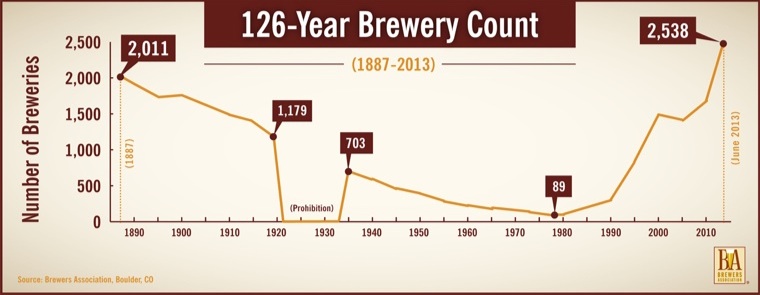“Brands have never been more fragile,” James Surowieck notes in a New Yorker magazine article on the challenge facing major brand-name products. The internet has changed the dynamics of most consumer markets; especially the way in which it enables access to seemingly unlimited sources of news, research and user reviews about any product.
Quote:
“It’s a truism of business-book thinking that a company’s brand is its ‘most important asset,’ more valuable than technology or patents or manufacturing prowess. But brands have never been more fragile. The reason is simple: consumers are supremely well informed and far more likely to investigate the real value of products than to rely on logos.”
A recent walk down the aisle of the beer section of a grocery store in my neighborhood drove home for me the challenge big brands are facing, and how small companies are responding to the opportunity with local, small batch, seasonal, niche and craft products.
While still dominated by the brands of beer that can afford Super Bowl ads, the aisle had more than 50 different brands and varieties of beer. While imported beers accounted for much of the brand variety, the fastest growing niche product in the section is that containing regional craft and micro-brewed beers.

(Source: Brewers Association)
According to Brewers Association, the national trade group of the craft beer industry, 2,347 craft breweries operated for some or all of 2012, the most recent year in which statistics are available. Those breweries are comprised of 1,132 brewpubs, 1,118 microbreweries and 97 regional craft breweries. The accompanying chart displays the explosive growth in the total number of breweries, the vast number of which are very small.
I can recall a couple of decades ago when major brands of beer dismissed the threat of microbreweries by saying they “spilt” in a day as much beer as small breweries created in a year. That may have been true, but the trend line of the share of space on a grocery store aisle is telling another story.
What’s more, the craft movement is not limited to beer, but is spreading into all types of niches ranging from fashion to food.
(Illustration via Wikimedia Commons)
